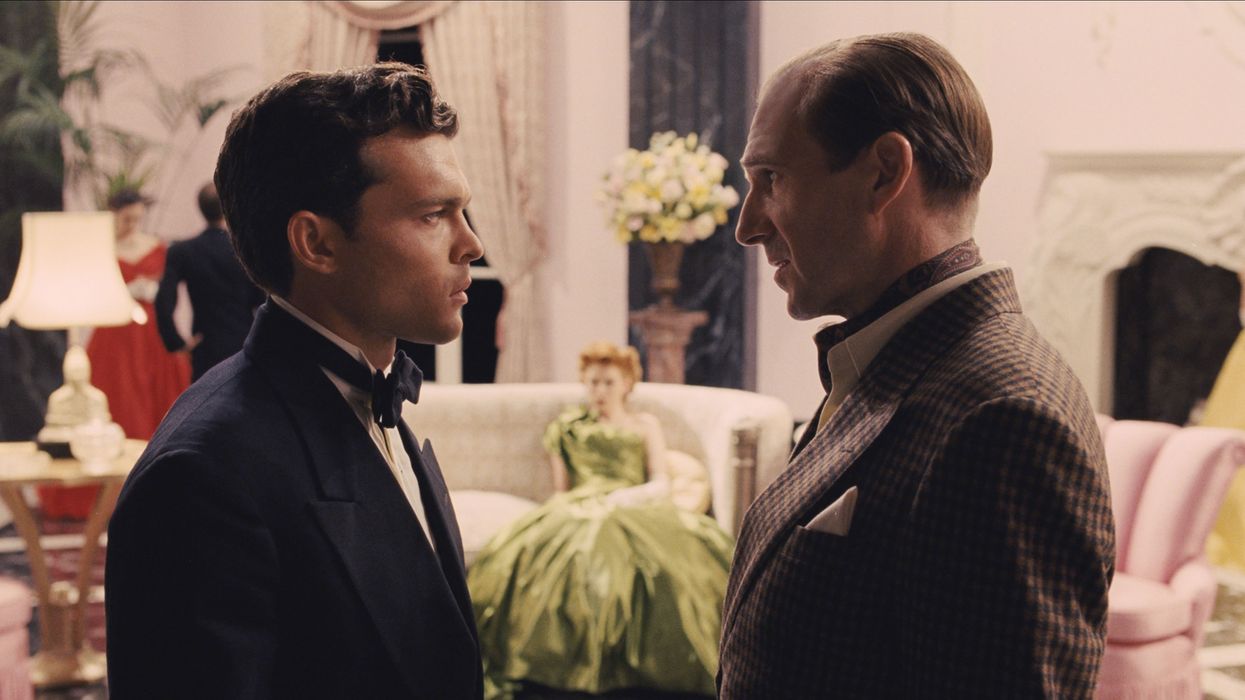In today’s technology-driven world, we often see the importance of a director's ability to inspire performances out of their actors fall to the wayside. Even on this site, we constantly find ourselves asked by frustrated filmmakers, “What do you say to an actor who just isn’t quite getting the performance right?”
One thing is for certain, directors deal with a bevy of different issues on set, and while it’s important to get wrapped up in the technical side of things, it is also imperative that you treat your actors in a way that will boost their performance rather than lower their self-esteem.
One way to ensure the opposite occurs is by employing a tactic known as “result direction.” In the video essay below, Travis Lee Ratcliff defines one of the most common traps that directors fall into when trying to collaborate with their actors.
Result direction is when a director offers the actor direction that is not playable, and that specifically describes the result the director wants to see the actor externalize. A classic example is, “I need you to be angrier.” Another one, “Ok, let’s do it again, but this time happy.”
As long as the actor has been doing their homework, they will already understand the emotion they’re trying to get at. The problem instead lies in their ability to summon up the life behind that emotion during the given point in a scene.
This is where you, as the director, can help them. Instead of giving them the result, give them the circumstances that lead to the result. Take a moment to collaborate with them and make sure they are on the same page as the character who’s life they are embodying.

Ask, “Do you know why you are happy in this moment?” And then give them a chance to respond with the story they’ve given themselves. If they’re missing some parts of their character’s journey, remind them how they got to that point. You can even invent and tack on more experiences that their character could have gone through in order to get the actor to an emotional state that more resembles what you envision.
“I’m happy because I won the lottery,” they respond. “OK. But also, your mom is sick and can’t pay for treatment, your brother doesn’t have money to make bail, and your cat broke its leg. Know you can fix all those things and your troubles are over,” you remind them.
This is a healthy way to collaborate with the actor. You’re both creating the circumstances together, rather than just beating a dead horse. If the actor is thinking “be happy, be happy, be happy,” rather than just living through the circumstances of the scene and responding truthfully then it’s going to come off as inauthentic.
If you want the actor to be angrier, perhaps the way to do it is by giving them a new objective that will increase the tension between them and their scene partner.
Ratcliff suggests favoring “playable direction” in his video essay. With this tactic, you give the actor a new objective. For example, if you want the actor to be angrier, perhaps the way to do it is by giving them a new objective that will increase the tension between them and their scene partner. The action or objective for the actor you could give in this scenario would be, “wound him.”
These objectives are important. Another helpful tip is to check in with your actor and ask them what their objective is with the line they are giving. What are they trying to get out of their scene partner? A tremendous resource for this is a book called Actions: The Actors' Thesaurus. It will give you some idea of the actions your actors could take to achieve your desired emotional state.












